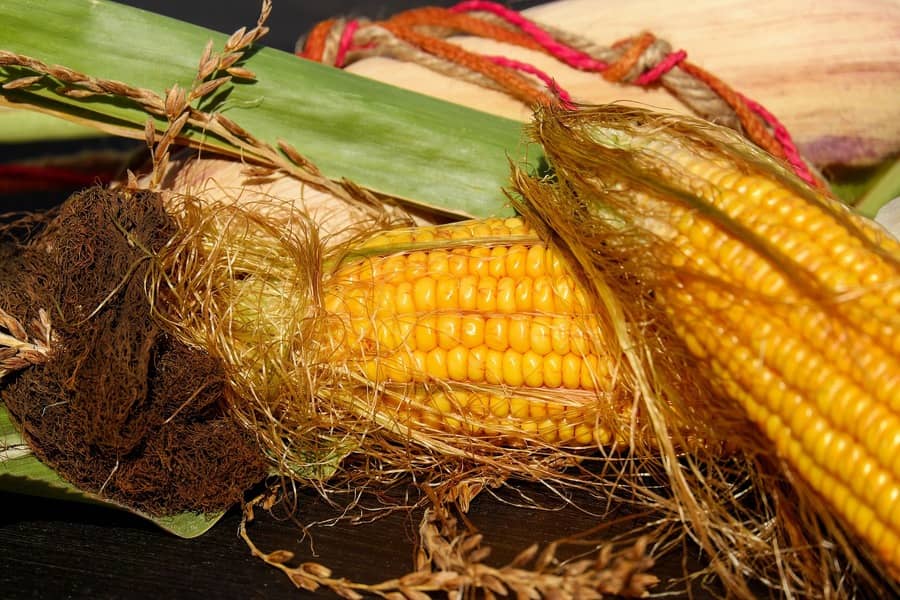Porto Alegre, May 15, 2023 – The market was optimistic about the 2023 US crop of corn in its pre-report consensus. However, USDA actually maintained its February Forum bias for a record yield of 181.5 bushels/acre. There is no way to be bullish and optimistic about prices with a projection like that, even if the Department has sought to balance the international environment with a small crop in Ukraine, in Europe, and a sudden increase in imports from China.
The attempt to find a balance, unfortunately, will not support prices, also because USDA adjusted the Brazilian crop to 130 mln tons of corn, and there will be supply for everyone in the international environment. The only insecurity on this trajectory is still the weather in view of the progress of world crops over the next ninety days.
This first USDA report for the 23/24 US supply and demand had a fully bearish bias. As we had already pointed out, the increase in stocks for the new crop would set the tone for the downward curve, based on a yield of 177 bushels/acre, the last record obtained in 2021. The market had projected higher stocks based on a yield above 180 bushels/acre. USDA exercised its power of optimism and placed the projection indicated in the Forum in February, 181.50 bushels per acre. The record of records.
The indicators for the beginning of the 2023 crop certainly support this optimistic estimate. Planting reached 49% for a historical average of 42%, that is, a record advance in planting. Owing to the lack of excess moisture in the Midwest, the planting may approach 70% this week. The absence of excessive rainfall in this planting period favors this rapid advance. The central-north side of the Midwest has not received large volumes of rain in May, which favors the planting progress. Of course, we still have ninety days of weather, and the 2023 crop of corn is still open, in a situation of favorable climate projections.
So, we expected 48 mln tons for the new crop stocks, the market 51, and USDA brought 56 mln tons, against the current 36 mln. The report was fully bearish as it increased the old-crop stocks, by cutting exports, and suggested a number much higher than expected for the 23/24 season. What can inhibit this trajectory? Only the weather, as USDA was already optimistic about next year’s demand in its initial projection.
Precisely with this composition, the number for Brazil was being estimated at 125 mln tons by the market, more in line with Conab. USDA brought 130 mln tons, in line with Safras & Mercado. Two giant supplies to serve the global market in the 23/24 cycle. USDA ignored the cuts estimated by Argentine exchanges and remained in line with the figures of the Argentine government, 37 mln tons for corn.
While supply of corn figures are abruptly rising, the Department was more pessimistic on some external numbers. Ukraine’s output is quite low, projected at 22 mln tons, with only 16.5 mln tons of exports next season. But the projection of production in Europe came overly pessimistic. Only 64.3 mln tons after a year of strong imports and very high prices. It seems that the European projection for its production indicates numbers closer to 68 mln tons. In any case, 20 mln tons of possibility of importation for next year still seems a high estimate for a new crop that could quite alleviate the local supply.
Another piece of data that closed the composition of the USDA numbers was the Chinese scenario. Despite China’s discreet performance in the international market this year, the projection of purchases remained at 18 mln tons of corn this year. The projection for the 2023 Chinese crop confirmed a new potential record, now at 280 mln tons. And, also in this case, the projection of very strong demand for 23/24 brought a certain surprise as it would increase the need for imports to 23 mln tons next year. Well, Brazil and the United States will have an additional 5 mln tons to easily sell to China without affecting international prices.
Last week, however, in the Brazilian market, more distorted information was broadcast. The information was that China would be going through a drought. The planting begins in May in the main producing regions, and the rains were very good in the center-northeast of the country, where the main growing region is located. In the next two weeks, the rains will sharply diminish in this Chinese region, and then some Brazilian consulting company without any knowledge planted such information in a situation of pressure on internal prices, perhaps in an attempt to cause some change in the business environment.
Of course, the weather is still wide open for both the US and Chinese crops, and climate variables can still create changes and volatility. Therefore, the maintenance of attention to climate projections remains, even if the maps currently show favorable conditions. For the time being, the market could look for the loss of the USD 5.00/bushel for the September contract at any moment depending on crop conditions and the rhythm of rains in the coming few days.
Follow the Safras Agency on our website. Also follow us on our Instagram and Twitter and stay on top of the main agribusiness news!
Copyright 2023 – Grupo CMA

